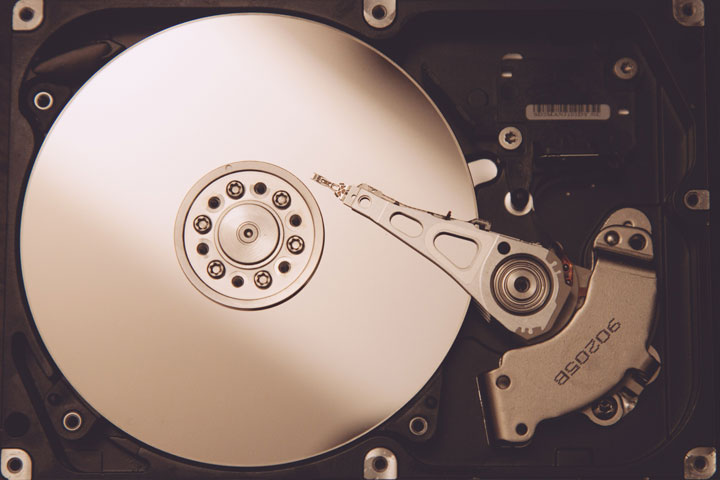Database

Formally, a “database” refers to a set of related data and the way it is organized. Access to this data is usually provided by a “db management system” (DBMS) consisting of an integrated set of computer software that allows users to interact with one or more databases and provides access to all of the data contained in the db (although restrictions may exist that limit access to particular data). The DBMS provides various functions that allow entry, storage and retrieval of large quantities of information as well as provides ways to manage how that information is organized.
Because of the close relationship between them, the term “db” is often used casually to refer to both a db and the DBMS used to manipulate it.
Outside the world of professional information technology, the term db is often used to refer to any collection of related data (such as a spreadsheet or a card index). This article is concerned only with databases where the size and usage requirements necessitate use of a database management system.[2]
Existing DBMSs provide various functions that allow management of a db and its data which can be classified into four main functional groups:
Data definition – Creation, modification and removal of definitions that define the organization of the data.
Update – Insertion, modification, and deletion of the actual data.[3]
Retrieval – Providing information in a form directly usable or for further processing by other applications. The retrieved data may be made available in a form basically the same as it is stored in the db or in a new form obtained by altering or combining existing data from the db.[4]
Administration – Registering and monitoring users, enforcing data security, monitoring performance, maintaining data integrity, dealing with concurrency control, and recovering information that has been corrupted by some event such as an unexpected system failure.[5]
Both a db and its DBMS conform to the principles of a particular db model.[6] “Database system” refers collectively to the db model, db management system, and db.[7]
Physically, database servers are dedicated computers that hold the actual databases and run only the DBMS and related software. Database servers are usually multiprocessor computers, with generous memory and RAID disk arrays used for stable storage. RAID is used for recovery of data if any of the disks fail. Hardware db accelerators, connected to one or more servers via a high-speed channel, are also used in large volume transaction processing environments. DBMSs are found at the heart of most db applications. DBMSs may be built around a custom multitasking kernel with built-in networking support, but modern DBMSs typically rely on a standard operating system to provide these functions.[citation needed] Since DBMSs comprise a significant economical market, computer and storage vendors often take into account DBMS requirements in their own development plans.[citation needed]
Databases and DBMSs can be categorized according to the db model(s) that they support (such as relational or XML), the type(s) of computer they run on (from a server cluster to a mobile phone), the query language(s) used to access the db (such as SQL or XQuery), and their internal engineering, which affects performance, scalability, resilience, and security.
Databases are used to support internal operations of organizations and to underpin online interactions with customers and suppliers (see Enterprise software).
Databases are used to hold administrative information and more specialized data, such as engineering data or economic models. Examples of db applications include computerized library systems, flight reservation systems and computerized parts inventory systems.
Application areas of DBMS
1. Banking: For customer information, accounts, and loans, and banking transactions.
2. Airlines: For reservations and schedule information. Airlines were among the first to use databases in a geographically distributed manner – terminals situated around the world accessed the central db system through phone lines and other data networks.
3. Universities: For student information, course registrations, and grades.
4. Credit card transactions: For purchases on credit cards and generation of monthly statements.
5. Telecommunication: For keeping records of calls made, generating monthly bills, maintaining balances on prepaid calling cards, and storing information about the communication networks.
6. Finance: For storing information about holdings, sales, and purchases of financial instruments such as stocks and bonds.
7. Sales: For customer, product, and purchase information.
8. Manufacturing: For management of supply chain and for tracking production of items in factories, inventories of items in warehouses / stores, and orders for items.
9. Human resources: For information about employees, salaries, payroll taxes and benefits, and for generation of paychecks.[8]
Source: WikiPedia
